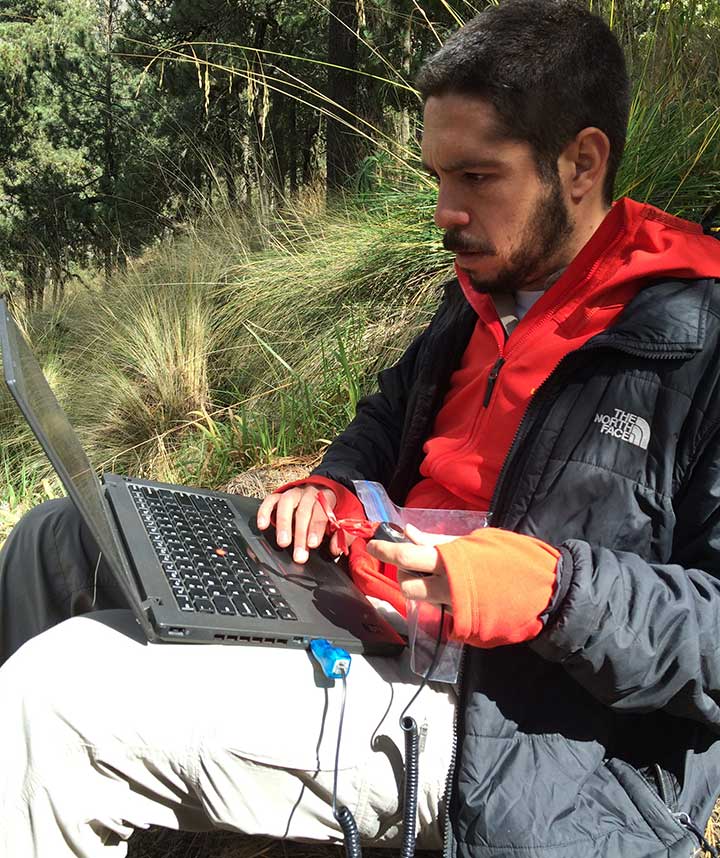Thermochron Case Study – A Mountain of Data
A Mountain of Data
How Thermochrons are helping measure the effects of climate change
For his studies into the impacts of global warming, UCSC PhD candidate, Paulo Quadri, needed a way to measure microclimates rather than the climate of a whole area. He chose Thermochrons.
“My research concerns the growth of trees on mountains,” explained Paulo. “Simply put, whether forests will die back as global temperatures rise, or whether they will expand upslope.”
Paulo’s research is being conducted on mountain slopes in Central Mexico. He places the Thermochrons across different parts of ravines and canyons (north and south faces), below the ground to measure the all-important soil temperature, and above ground to measure air temperature.
“The first step for my study is to map the microclimate of these places,” said Paulo. “On a mountain top, multiple factors such as slope, elevation, tree cover, size of rocks, and so on, affect the climate. So one area can be very different to another just a hundred yards away. The Thermochrons are great tools to understand how temperature and humidity change from one place to another and over time.”
Typically, scientists only have access to broad temperature data from weather stations. Many places that are ecologically interesting don’t even have weather stations. Paulo’s fine-tuned microclimate data enables him to make much clearer insights.
“The data we have been getting is really great. I will definitely consider buying more Thermochrons, and I have been promoting them with colleagues.”
Paulo‘s research will be concluded soon and we will provide a link to his data then.






